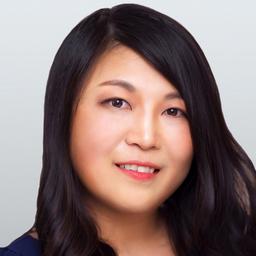A Metropolitan Police official defended the proportionality of deploying live facial recognition (LFR) in London, saying it’s “absolutely fair.”
Giving evidence to the House of Lords Justice and Home Affairs Committee on Tuesday, Lindsey Chiswick, director of intelligence at the Met, said she believes the balance between security and privacy is right.





